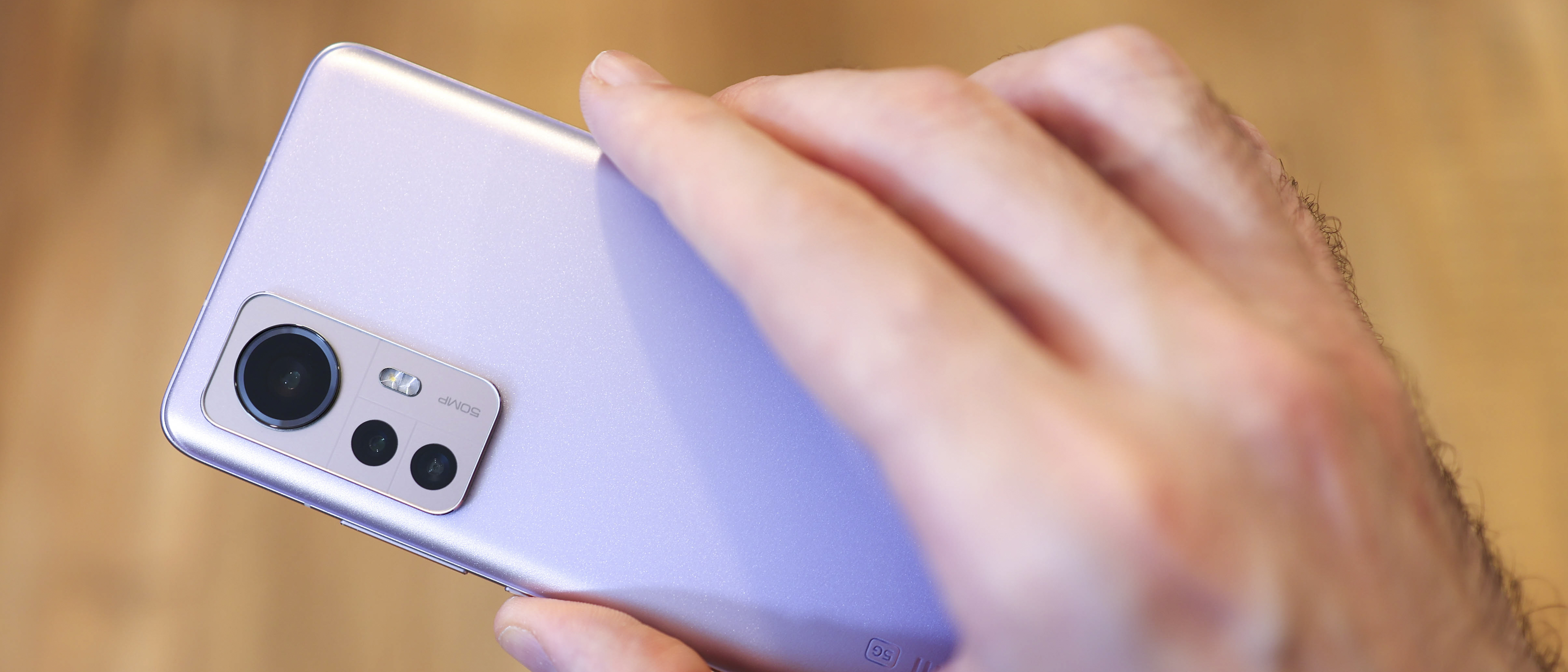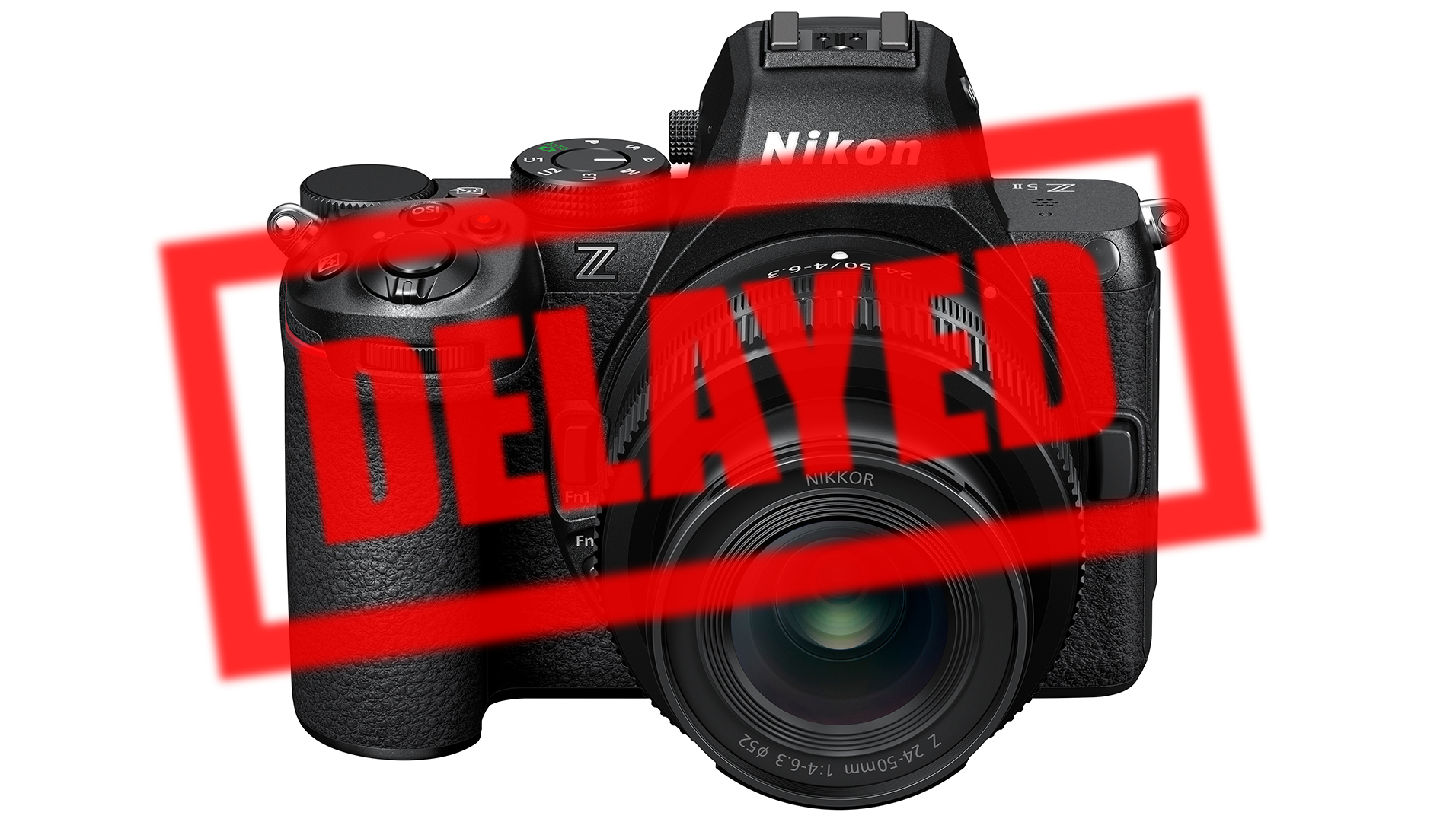Digital Camera World Verdict
Compact top-tier flagships are few and far between, and the Xiaomi 12 is our favourite premium compact flagship out now. It marries power, sleek design and a very reliable camera, fast wired and wireless charging, and an improved interface versus old, bloated Xiaomi phones. While there’s no optical zoom, the tele-macro camera is fun, and ensures the well-priced, stylish Xiaomi 12 can take some excellent close-up shots.
Pros
- +
Premium compact design
- +
Uncompromising power
- +
Excellent primary camera
- +
Fast wired and wireless charging
Cons
- -
No telephoto camera
- -
Ultra-wide camera isn’t best-in-class
- -
No expandable storage
Why you can trust Digital Camera World
The Xiaomi Mi 11’s hardware was excellent, but its software held it back. A year on and the Xiaomi 12 series is here, following a successful year for the Chinese super-brand.
Xiaomi hit the number three spot with its smartphone shipments in Q4 2021, and its Xiaomi Mi 11 Ultra has broken new ground in terms of mobile camera tech, launching with an almost 1-inch sensor. Xiaomi has also been making waves with the best budget camera phone of last year, the Redmi Note 10 Pro.
While the Xiaomi Mi 11 and Mi 11 Pro were both big phones, this year, Xiaomi has dialled back the size. The Xiaomi 12 in particular is the smallest phone we’ve tested launching with the mighty Snapdragon 8 Gen 1 chip, pitting it against Sony’s Xperia 5 series and the Samsung Galaxy S22.
Costing $749, the Xiaomi 12 undercuts most phones that pack its power without dialing back features like wireless charging – often the first to go. While there’s no optical zoom telephoto camera, on paper, this could still be the best option for anyone after a mini, mighty flagship experience.
Design and screen
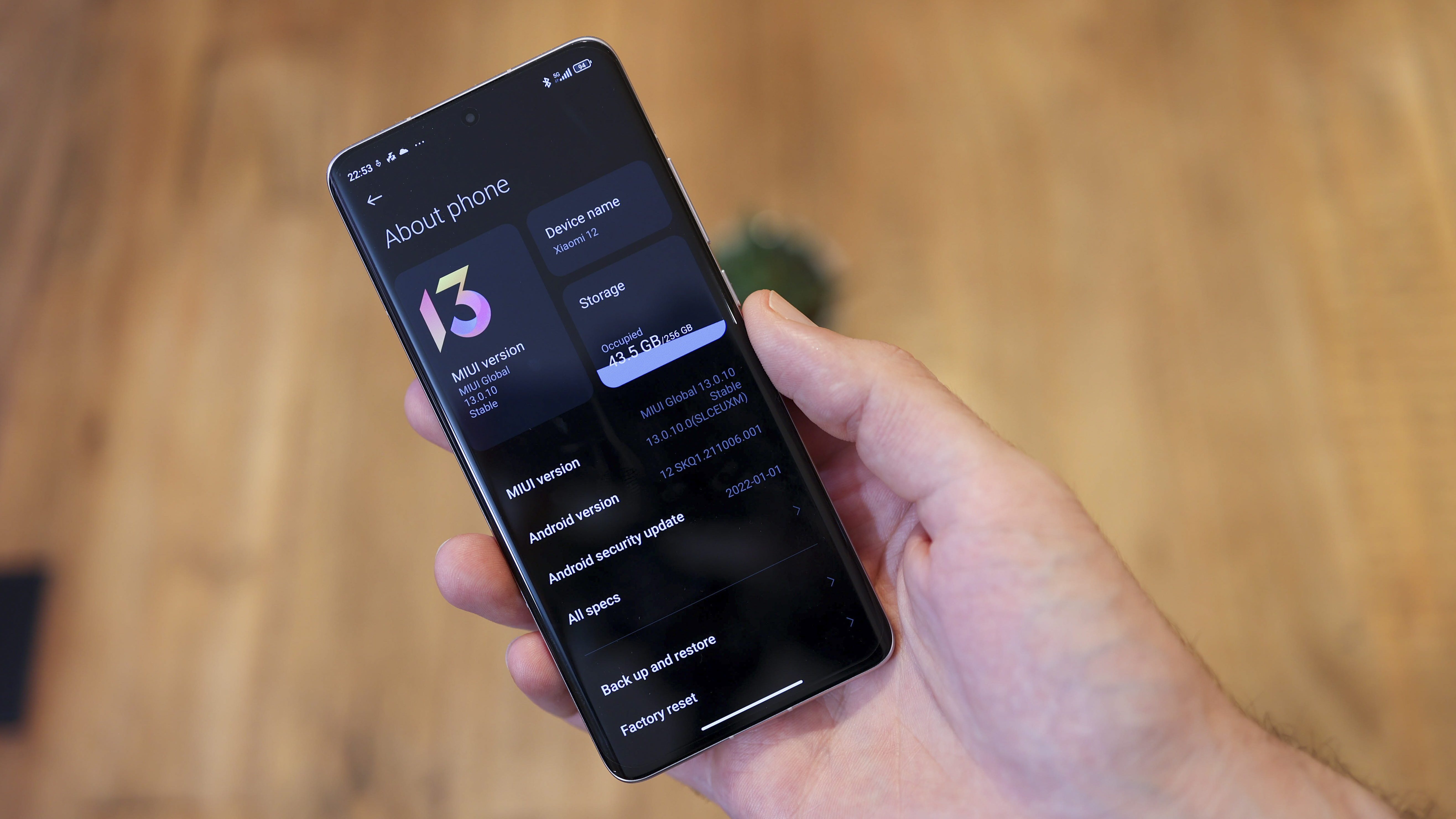
The Xiaomi 12 is far from a straightforward update to the Mi 11. While last year’s non-Pro Xiaomi had a huge 6.8-inch screen, the dinky Xiaomi 12’s 6.28-inch screen is tiny by comparison. This makes it one of the few truly pocketable Android smartphones with flagship power.
You can pick up the Xiaomi 12 in Blue, Gray, and Purple, and all the colors look tastefully subdued. We reviewed the Purple version, and really enjoyed the tint of subtle pink flair married with its premium styling. The display is Gorilla Glass Victus, and it curves into the sides of the phone elegantly, which curve to meet the rounded glass back, making for a great in-hand feel too.
Refreshingly light for a premium phone, the Xiaomi 12 weighs just 180g, though still feels solid and well-built.
Just like the Xiaomi 12 Pro, the vanilla 12 isn't IP rated, so it doesn’t officially repel dust and water like most flagships. This would be a shame if the phone wasn’t safeguarded against moisture, but with the SIM tray being sealed, and more manufacturers including OnePlus holding off certifying their phones, despite still making them weather-proof, we’re not too concerned with the Xiaomi 12’s durability.
Buttons are all on the right side of the device – just a power button and volume rocker, and there's a dual-SIM slot at the base as well as an IR blaster up top.
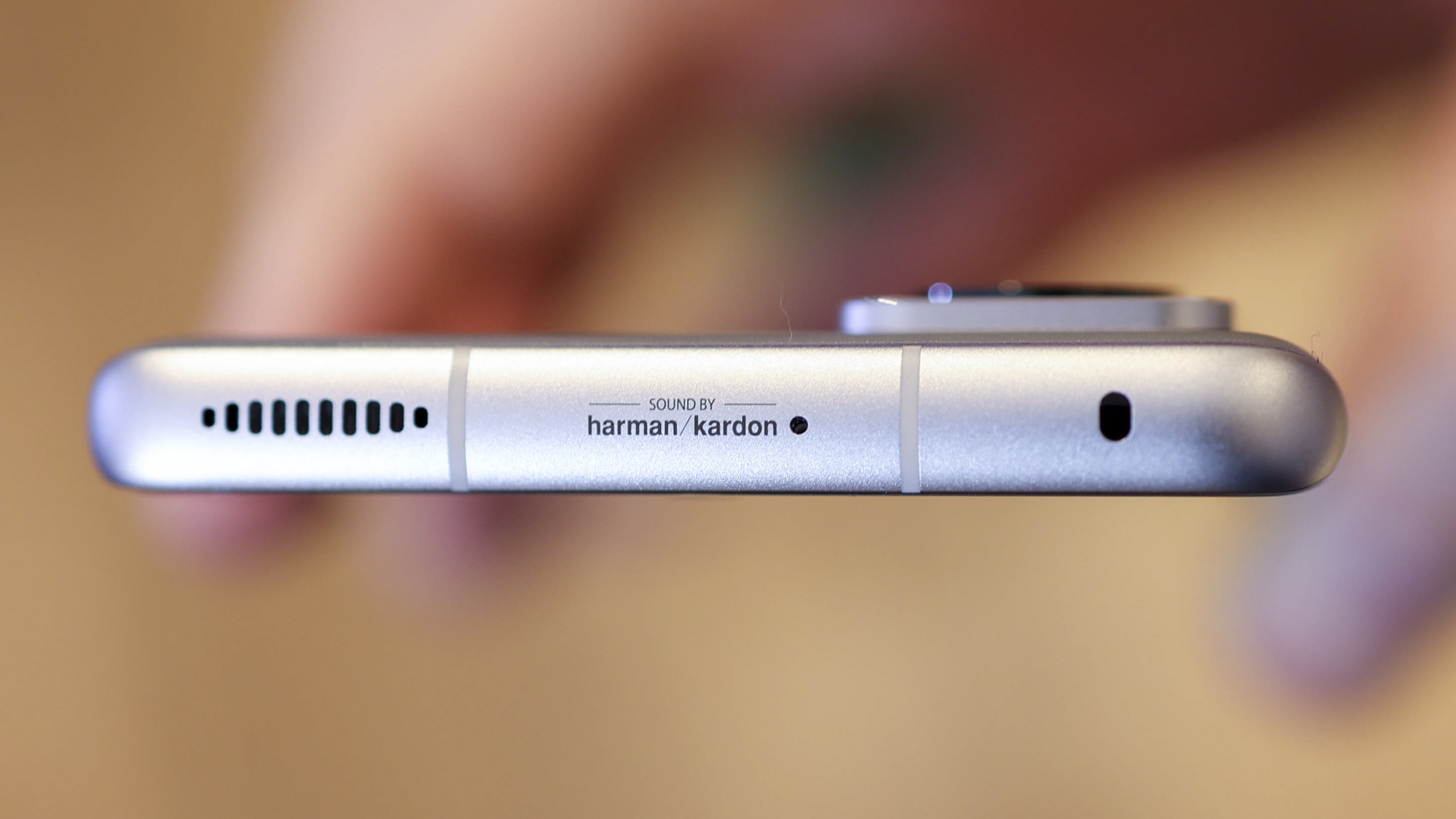
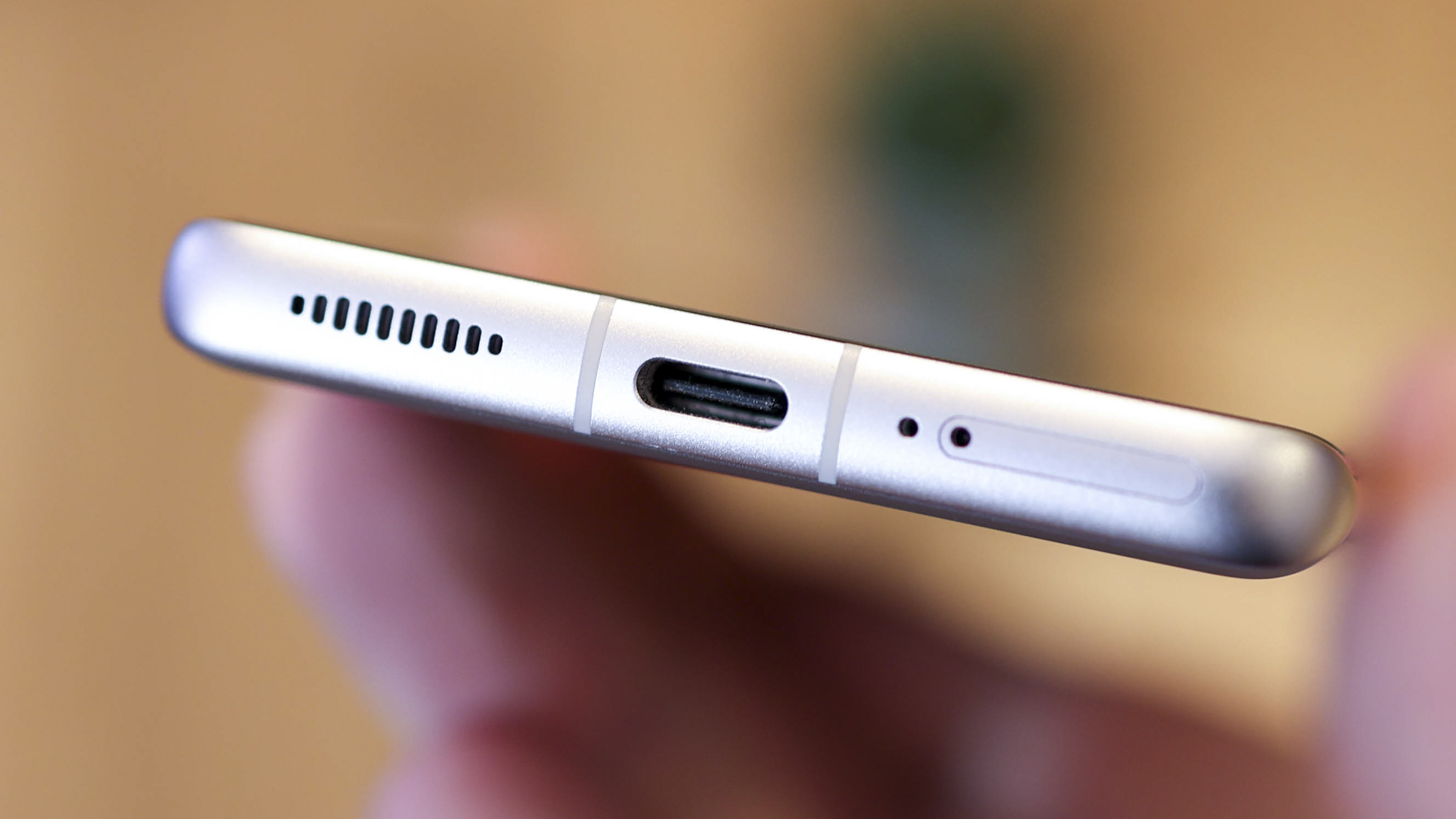
Onto the screen, and it's a 6.28-inch AMOLED Dot Display with a 120Hz refresh rate. Inferior to the Xiaomi 12 Pro’s display, with a less expansive refresh rate and a lower peak brightness, it can be manually switched to either 60Hz or 120Hz and climbs to a (still excellent) 1100 nits.
As for the screen’s picture quality, it still looks zingy with a bright, vibrant picture and a 5,000,000:1 contrast ratio. Additionally, it enjoys a 480Hz touch sampling rate, which makes it responsive for gaming – perfect given all the power under the hood.
Clarity is on point with a resolution of 2400 x 1080. This means the Xiaomi 12 has a pixel density of 419 pixels-per-inch, so even if you peer right up close you’ll be hard-pressed to spot a pixel.
All this makes for a seriously impressive phone to look at, handle and watch content on.
Xiaomi 12 Pro camera specs
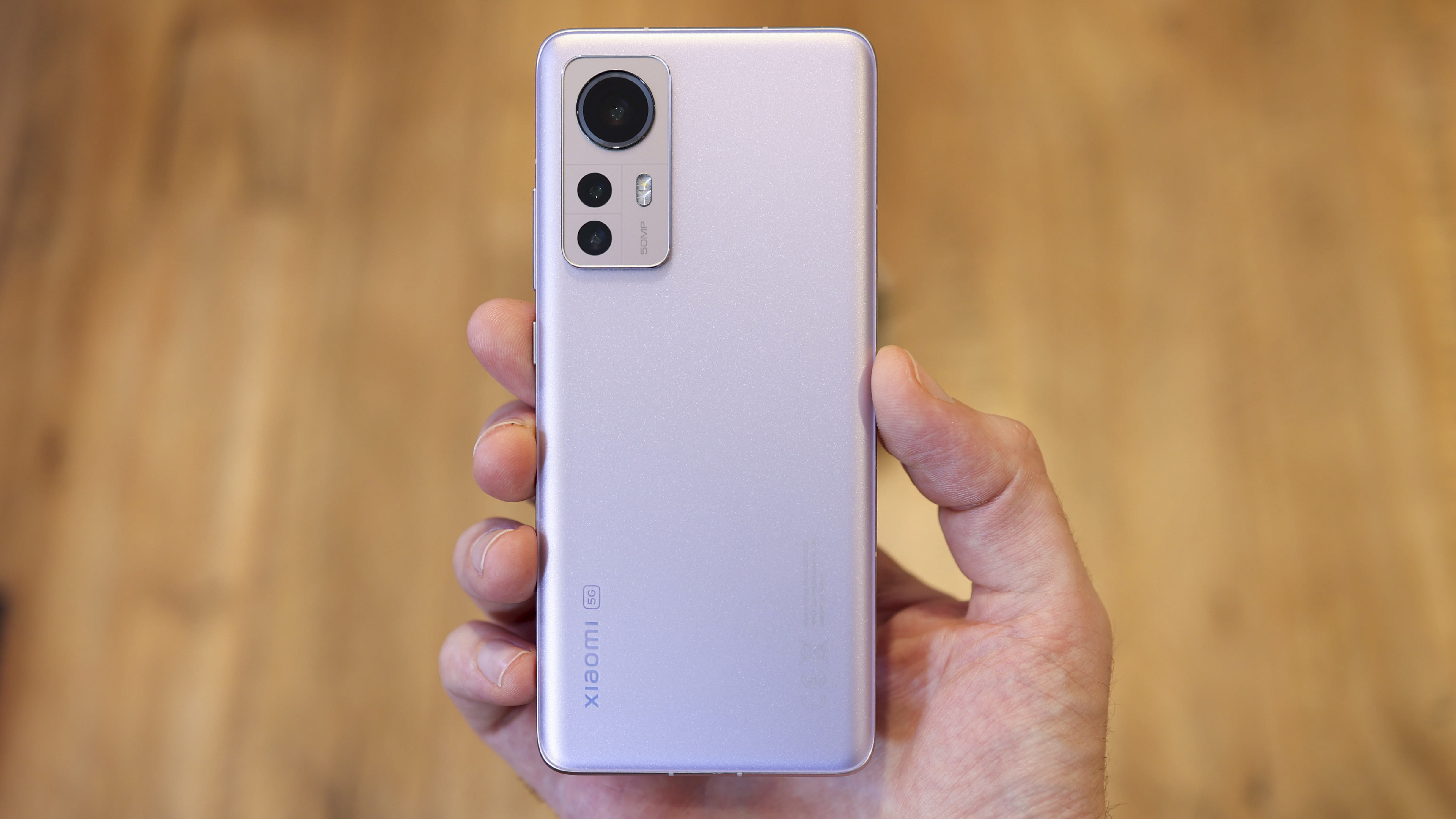
A 50MP primary camera powers the Xiaomi 12’s imaging experience, and while the Pro’s spearheaded by a 50MP IMX707 1/1.28-inch Sony sensor, the vanilla Xiaomi 12 features an IMX766. Hardly a compromise, this is the same flagship sensor powering the excellent OPPO Find X5 Pro and Realme GT 2 Pro.
The 13MP ultra-wide camera is powered by an OmniVision sensor, and features a 123° field of view and an f/2.4 aperture, while the tele-macro camera is a 5MP sensor with a 50mm equivalent focal length.
Packing all the shooting modes of the 12 Pro, it includes Auto, Pro, Video, Portrait, Night, 50MP full-resolution, Short video, Panorama, Document capture, Vlog, Slow motion, Time-lapse, Movie effects, Long exposure, Supermoon and Dual video modes. So there’s plenty of scope for creative flex despite the phone’s palm-sized footprint.
Xiaomi 12 Pro camera performance
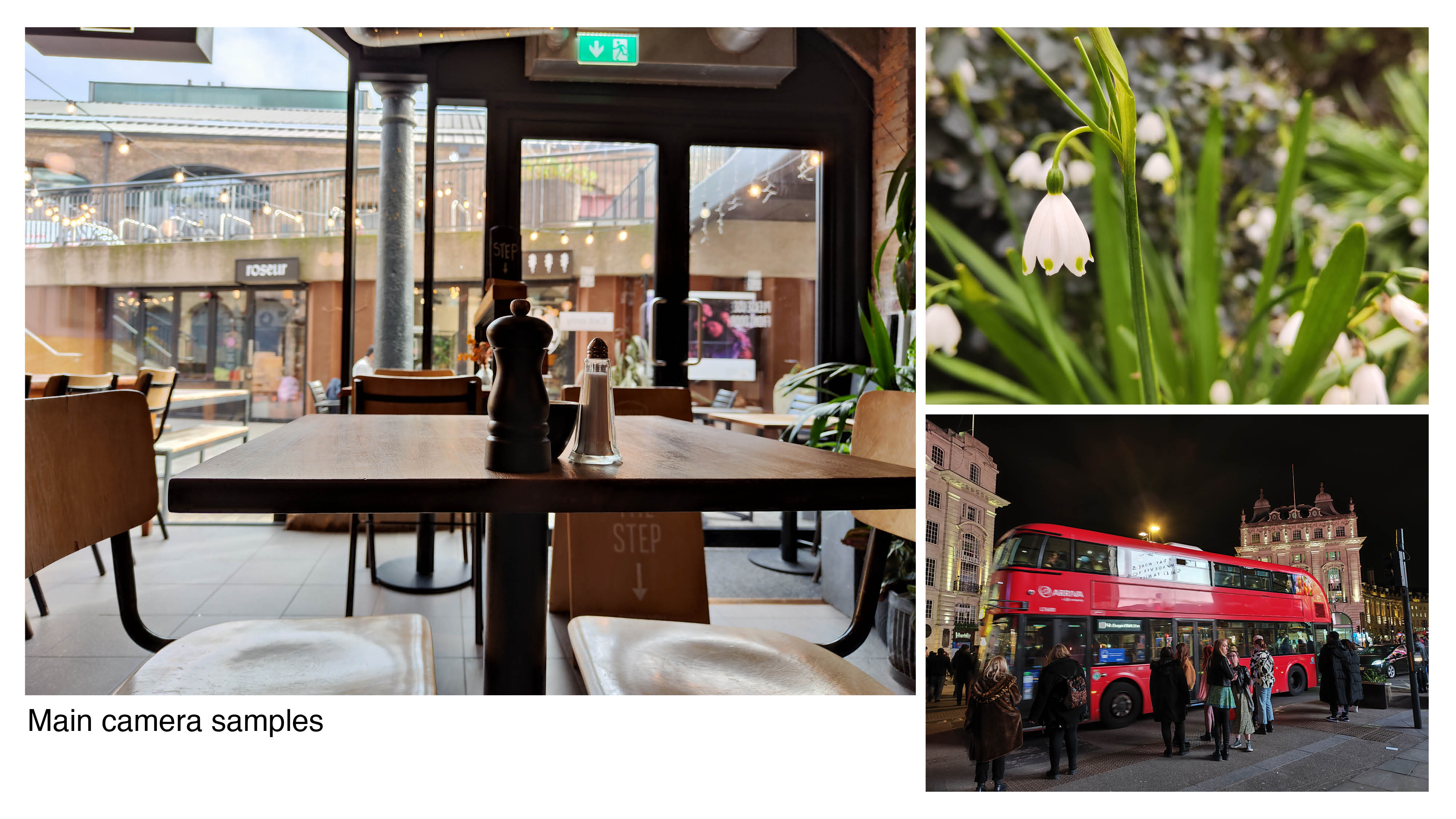
Capable of capturing striking background blur and impressive results across lighting conditions, while the Xiaomi 12 isn’t a top-tier flagship, you wouldn’t know it judging by its main camera.
Xiaomi does expose and saturate photos with a feel-good veneer, saturating dimly-lit scenes in particular more so than camera phones from Apple and Sony that lean towards more traditional processing. As with Samsung phones, you’ll have great-looking, energized photos after a day of shooting with the Xiaomi 12, which will likely be better for a certain kind of smartphone user.
What Xiaomi manages to avoid is the over-the-top zing that Realme phones have been guilty of loading their pictures with. You’d only know a photo taken on the Xiaomi 12 had been boosted in side-by-side comparisons with the real subject or a more conservative camera.
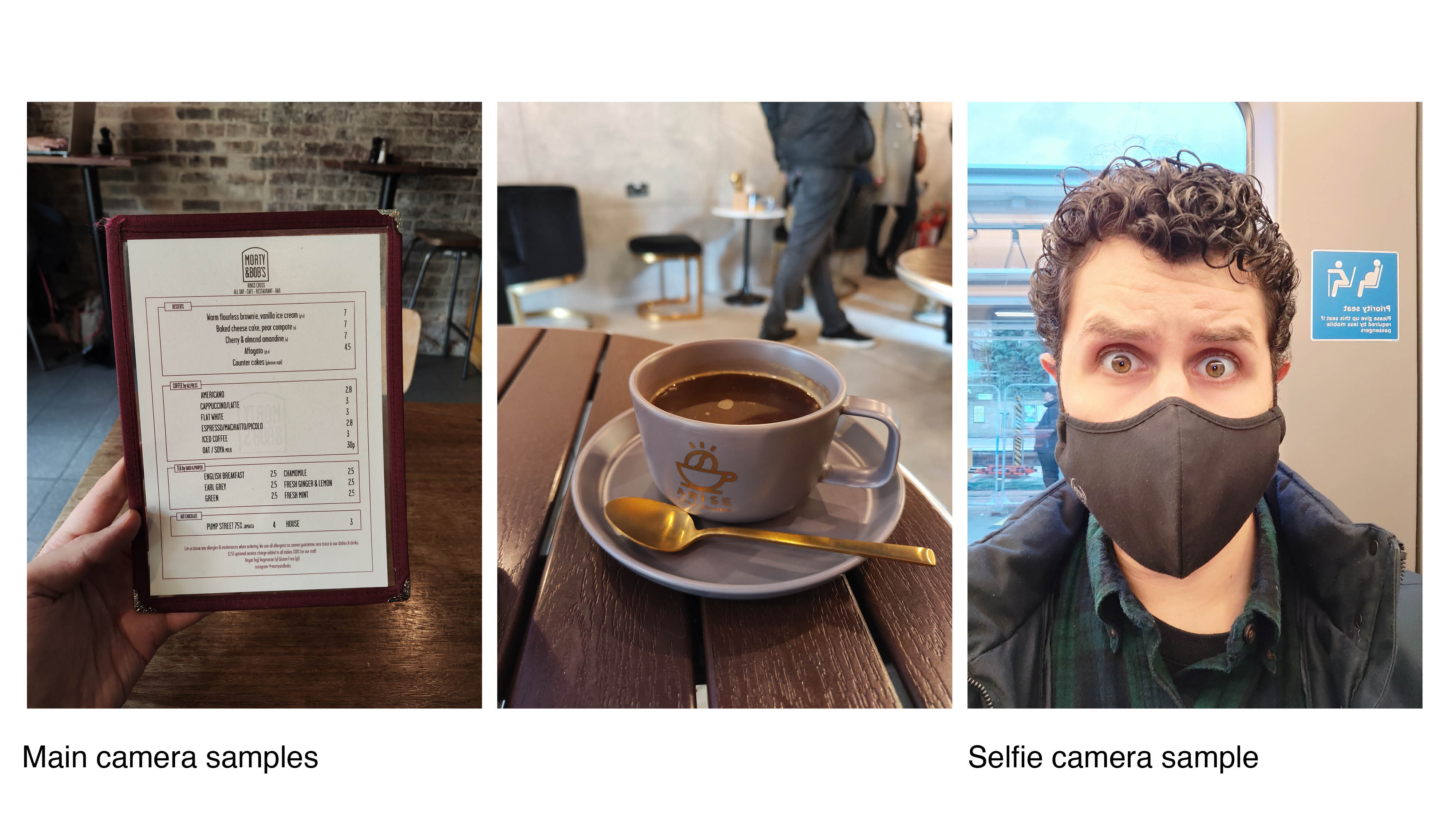
Photo clarity from the main camera is very good, and focus also impresses. The ultra-wide cameras photos pack a softness, so you can’t really crop into them unless they’re taken in excellent lighting conditions. That said, they capture extended exposure shots in dim scenes so results aren’t bad per se. As for the telemacro camera, it’s a fun addition that takes seriously sharp close-up shots.
With Pro mode and RAW capture, there’s also plenty of scope to eke out a bit extra from your photos, especially given the fact the Xiaomi 12’s main, ultra-wide and telemacro camera all capture RAW DNG photos in Pro mode. That opens up a world of creativity.
Add to the mix a strong selfie camera that captures flattering portraits and an excellent, stabilized video camera at up to 8K resolution, and along with the Sony Xperia 5 III, the Xiaomi 12 is our favourite compact camera phone, even if its photos aren’t always as true-to-life.
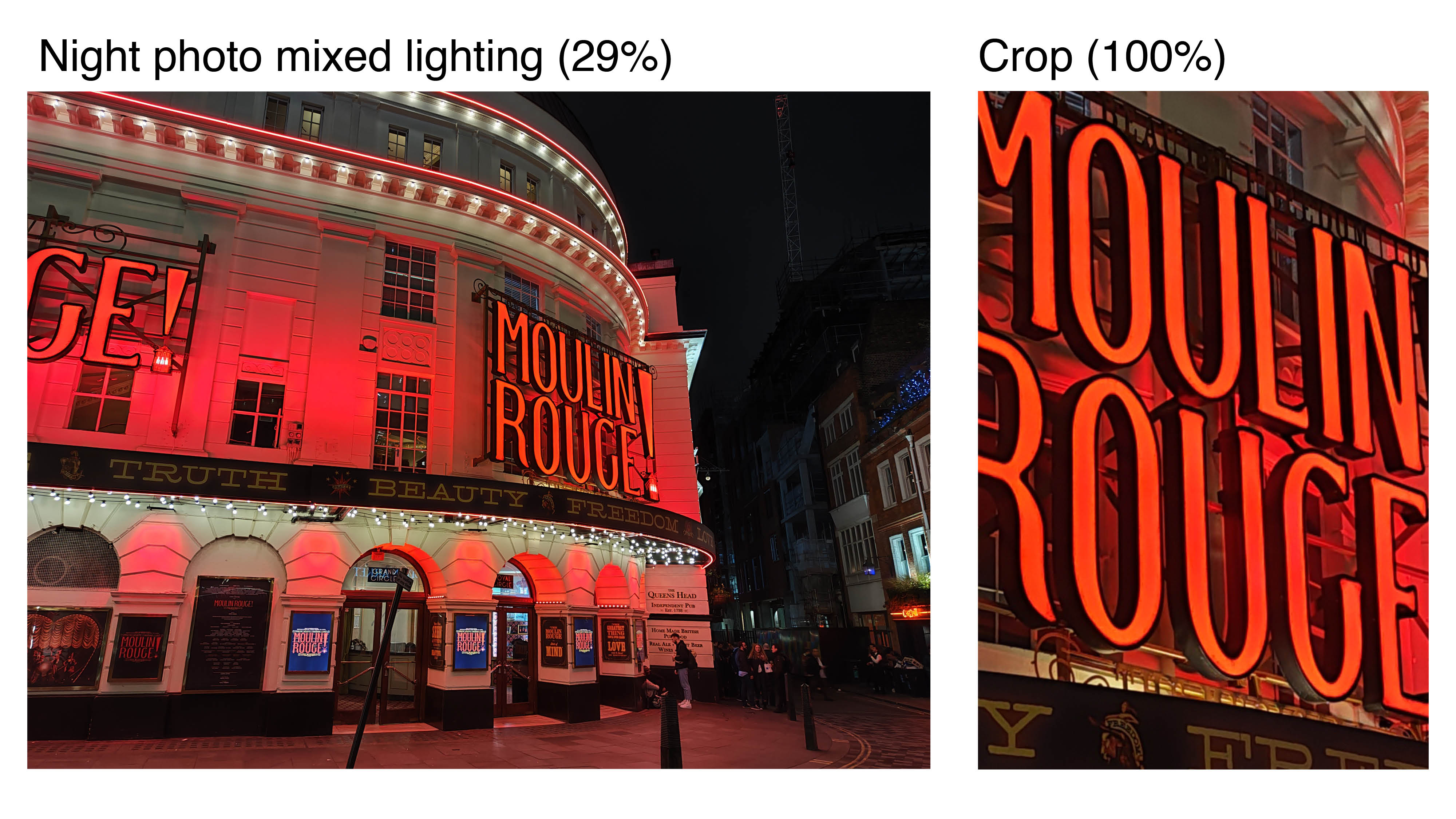
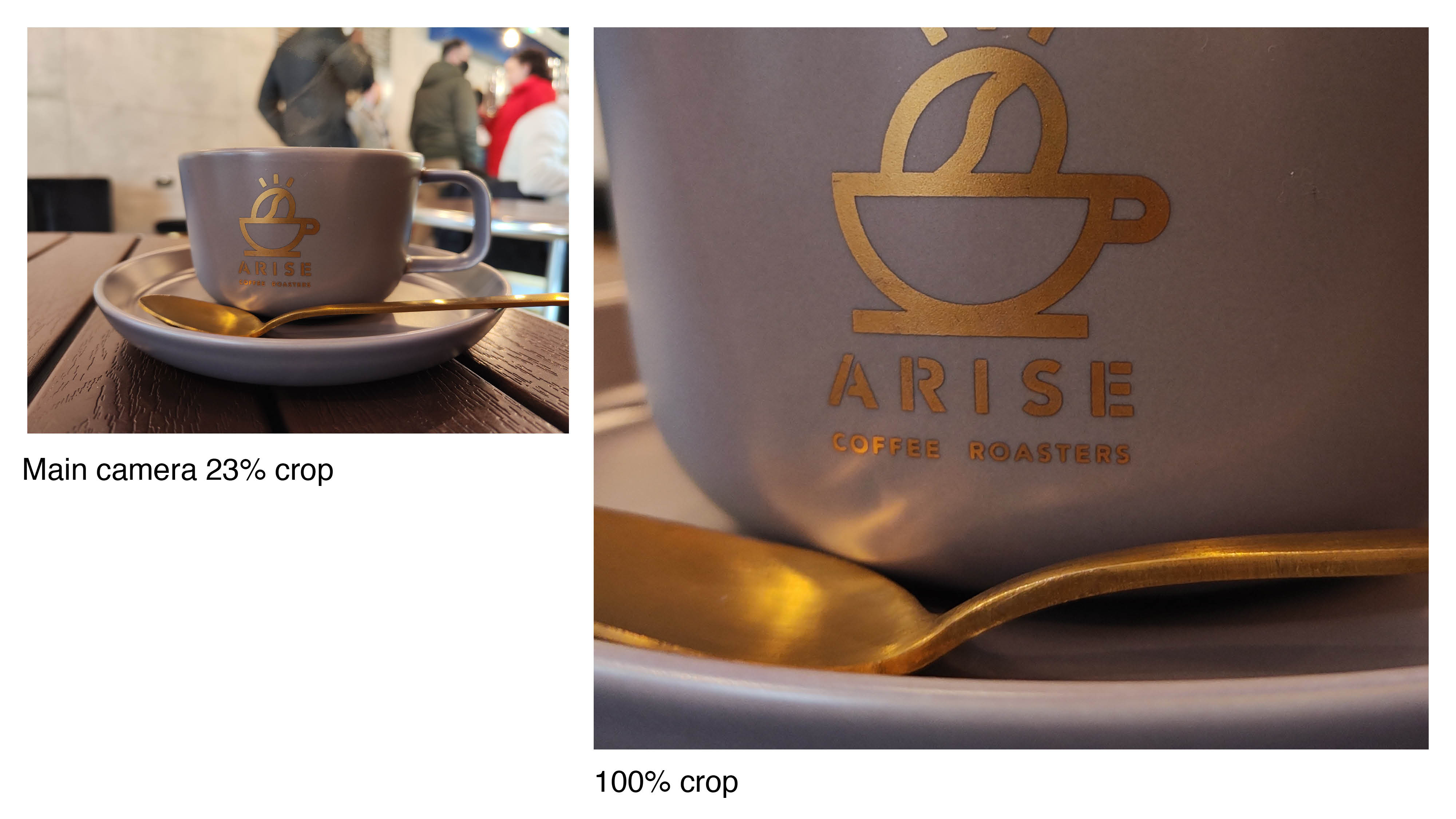
Xiaomi 12 performance and specs
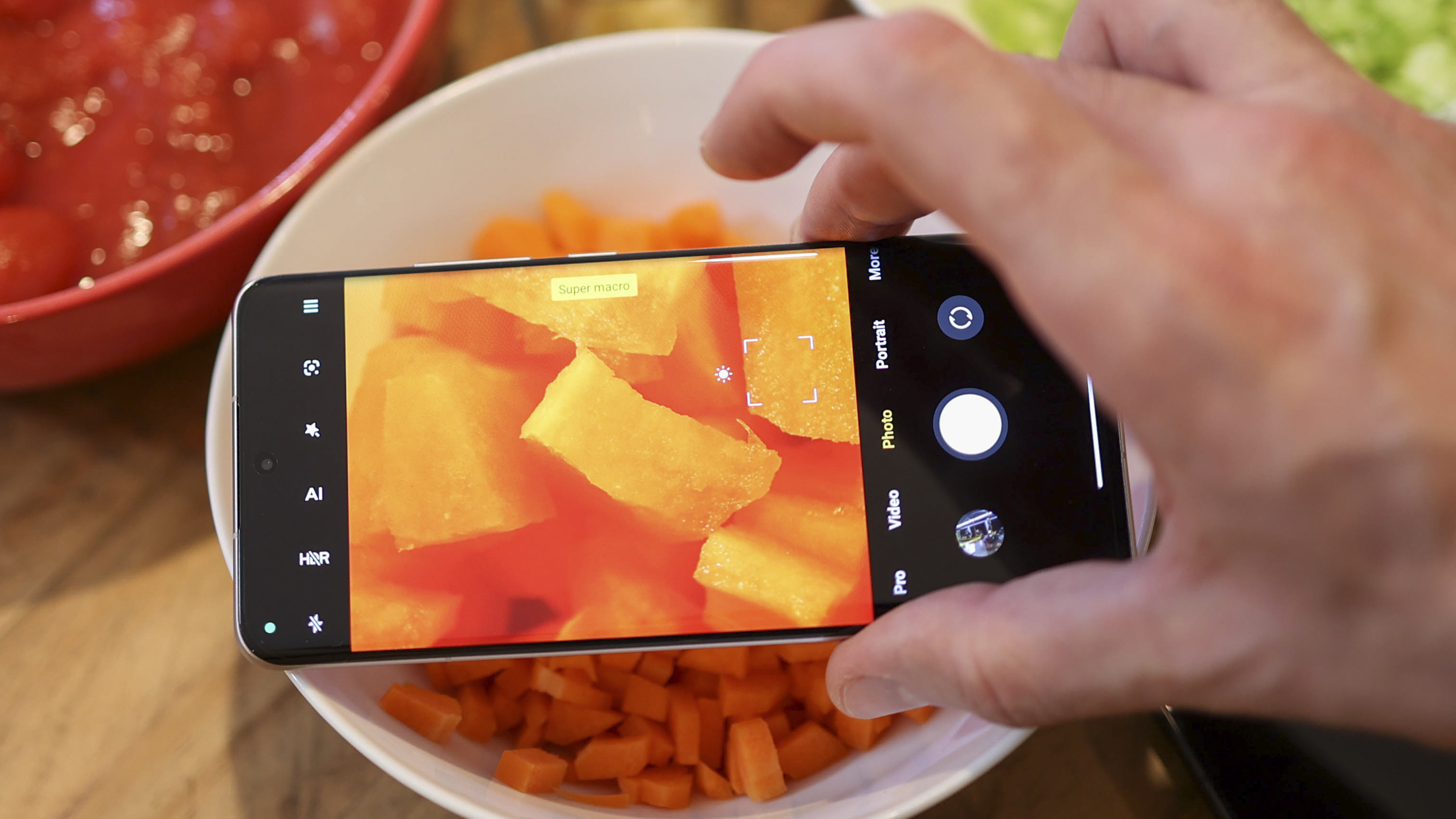
Qualcomm’s latest-gen Snapdragon 8 Gen 1 chipset ensures the Xiaomi 12 packs true flagship power, and day-to-day performance is excellent. This power is matched with up to either 8GB or 12GB RAM, making the Xiaomi 12 about as specced out as an Android phone gets.
With either 128GB or 256GB storage, there’s plenty of space for photos and videos on the Xiaomi 12, though if you plan on capturing loads of 4K or 8K footage, there’s no SD card expansion – so opt for the higher-capacity model.
The phone’s quad speakers feature Harman Kardon tuning, and surprisingly, its speakers sounds louder than those of the Pro, though the tone of the Pro is cleaner. It’s also worth noting, no phone beats the iPhone 13 Pro Max on this front, which has an altogether warmer, rounded quality.
Probably our least favorite thing about past Xiaomi phones has been the brand’s heavy interface, MIUI. Luckily, this time around, Xiaomi has ironed out most of the bugs, with smooth performance and no dark mode glitches. While it’s still much a heavier interface than stock Android, the new MIUI 13 is a definite step in the right direction.
With an excellent battery-to-screen size ratio, the Xiaomi 12’s 4500mAh battery keeps it alive from morning to night, and possibly into day two if you aren’t totally hammering the phone with photo-taking, gaming, and music playback.
While there’s no 120W charging on the Xiaomi 12, which is the 12 Pro’s best-in-class feature, it does power up at 67W, and offers both fast 50W wireless charging and 10W reverse wireless charging which is excellent – besting the best from Apple and Samsung.
Xiaomi 12: Verdict

The Xiaomi 12 is a fantastic compact option for anyone looking for a compromise-free, small Android phone. Its styling is smart, solid, and subdued while still feeling and looking premium. Its screen is also bright, punchy and as sharp as it needs to be – perfect for movies and games, and the phone’s powerful too.
While the Xiaomi 12 doesn’t have the same camera system as the Pro, we’re not mad about its triple camera set-up. It enjoys the same excellent IMX766 50MP sensor in the flagship OPPO Find X5 Pro, its telemacro camera is great for close-up photos, and its ultra-wide does the job.
With battery life that lasts from morning to night, fast wired and wireless charging and a much improved interface, there’s very little we don’t like about the Xiaomi 12. So while it isn’t the best camera phone we’ve reviewed, it’s definitely one of the best camera phones available at its price – and our favorite compact option to date.
• The best camera phones you can buy today
• Best Xiaomi phones
• The best phablets
• Which is the best iPhone for photography?
• The best gimbals
• Best phone cases
Basil Kronfli is a freelance technology journalist, consultant, and content creator. He trained in graphic design and started his career at Canon Europe before moving into journalism. Basil is also experienced in video production, independently running the YouTube channel TechEdit, and during his time at Future, he worked alongside the Digital Camera World team as a senior video producer.
